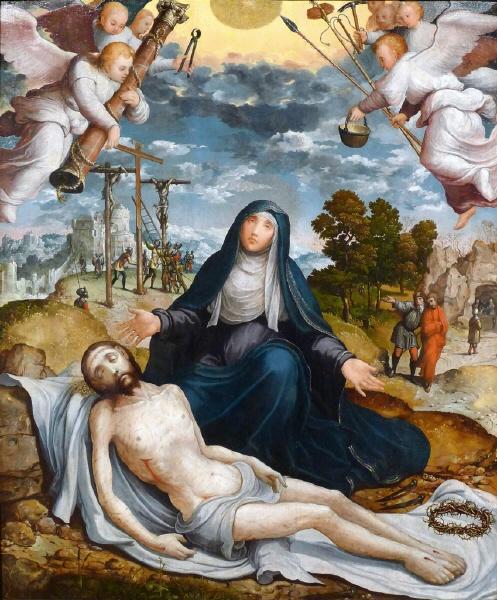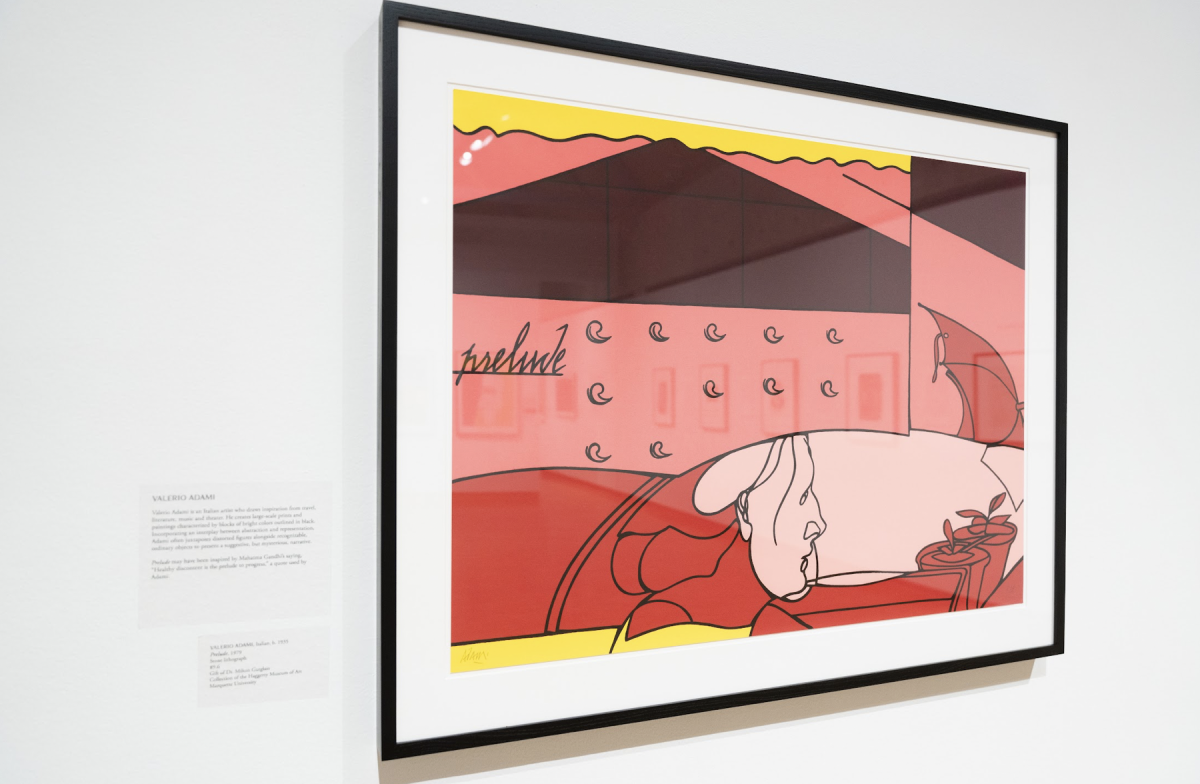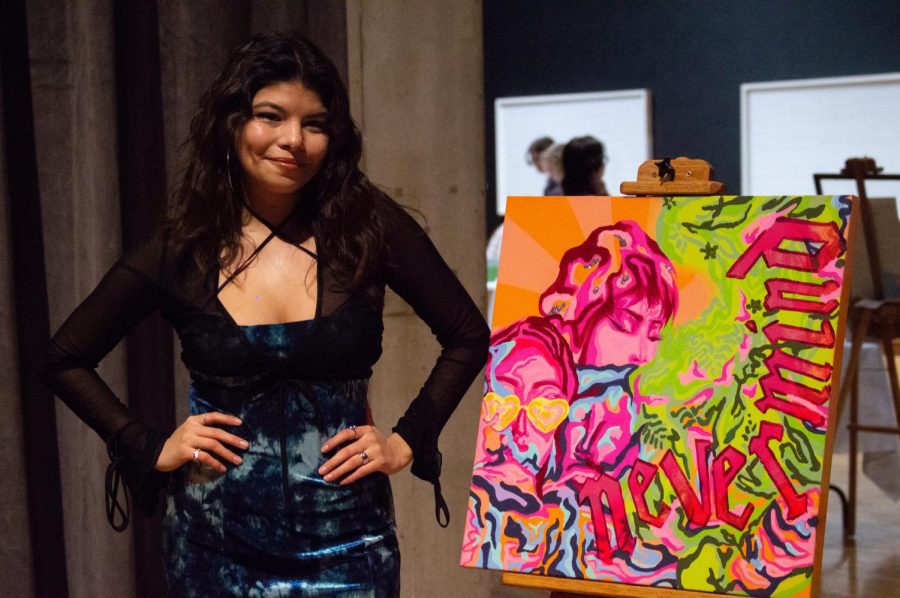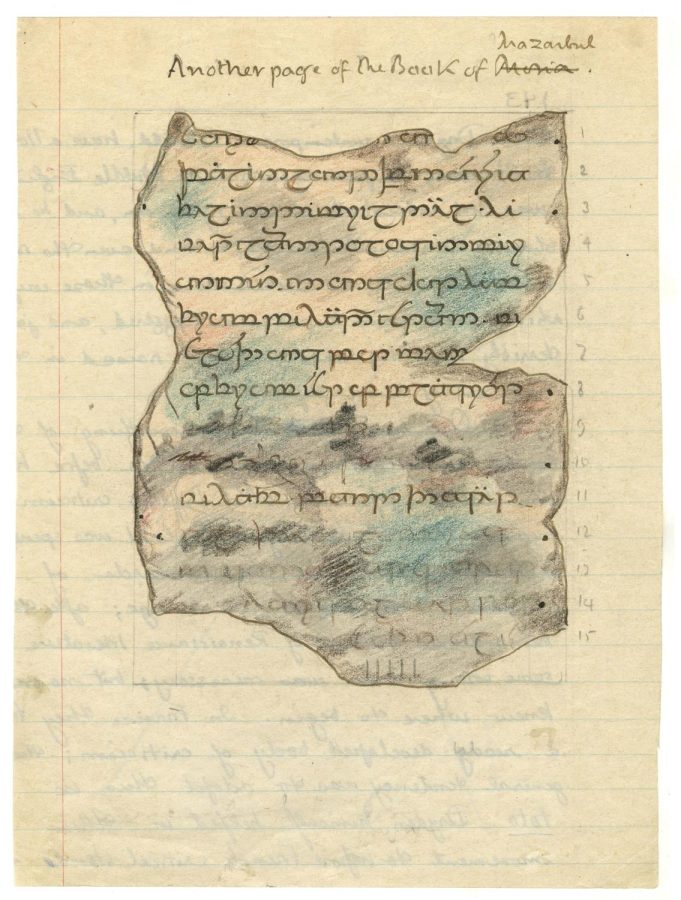
If you haven’t had the chance to check out what the Haggerty Museum of Art has to offer this semester, you’d better hurry — you’ve only got until Jan. 2 to experience its current exhibitions.
Among this season’s featured artwork is a painting by Vermont artist Janet McKenzie, called “Jesus of the People.” It is on display as a part of McKenzie’s exhibition “Holiness and the Feminine Spirit: Paintings by Janet McKenzie.”
Truly a relevant image for this holiday season, “Jesus of the People” is not the traditional depiction of the figure — both the race and gender of the figure are deliberately ambiguous.
This is in line with McKenzie’s motives as an artist. According to the Haggerty’s website, McKenzie “has committed her life’s work to creating paintings that celebrate all people, particularly African-Americans and women.”
According to McKenzie’s website, her goal was to create a work of art true to her beliefs as a person and as an artist, and inclusive of groups previously uncelebrated in God’s image. She wanted “Jesus of the People” to serve as a reminder that everyone is created in God’s likeness.
In 1999, “Jesus of the People” won the National Catholic Reporter’s Jesus 2000 competition, which sought a new portrayal of Christ to mark the new millennium. She has been praised by many for this unconventional interpretation of Christ, but has also been subject to very negative reactions, even death threats, for her work.
“Jesus of the People” has been recreated in stained glass by Oakbrook Esser Studios in Oconomowoc, Wis. That piece is also on display at the Haggerty as part of the exhibition “Let There be Light: Stained Glass and Drawings from the Collection of Oakbrook Esser Studios.”
The museum is free and open to the public.






